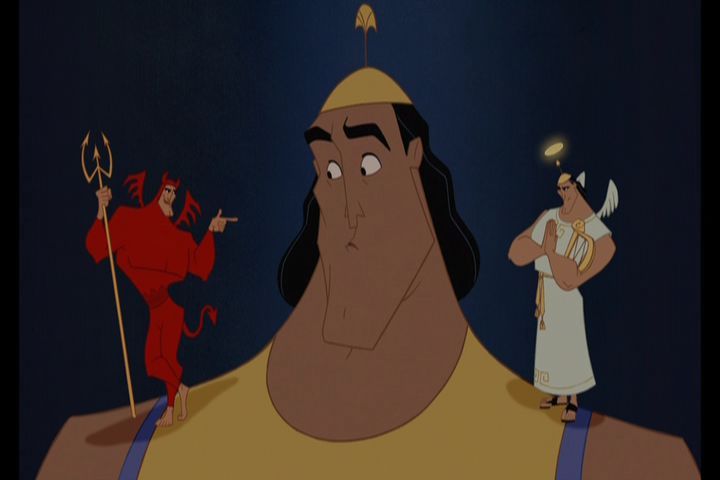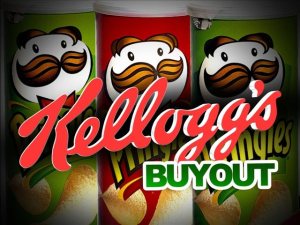Good or bad, right or wrong, any decision a company makes is looked over with a fine tooth comb by their stakeholders and consumers. These decisions are made based on the moral diversity of the decision maker (or makers) and are commonly referred to as ethics.
The classic struggle inside each of us.
This blog will be discussing the ethics involved with Kellogg’s decision making process and corporate responsibility, as well as the values that make them what they are today.
Kellogg’s is committed to conducting business in a legal, ethical, and responsible manner. In order to ensure company-wide compliance, there are two separate, but identical, values held high throughout the entire corporation. These are the K Values and the Global Code of Ethics respectively.
K Values are used to help guide Kellogg’s business approach and to help engage with stakeholders. There are six K Values that help guide Kellogg’s. They are to act with integrity and show respect. They are all accountable. They are passionate about their business, brands, and foods. They have the humility and hunger to learn. They strive for simplicity. They love success. These values offer practical guidance and provide a clear understanding of how the company is run, ethically speaking.
The Global Code of Ethics is a tool used by Kellogg’s to ensure all employees are taken through a step by step online training course. They provide targeted training on numerous topics ranging from the Foreign Corrupt Practices Act and the U.K. Bribery Act to eliminating forced labor in the supply chain. By ensuring all employees are up to speed on the global standard of ethical conduct in the workplace, Kellogg’s is once again at the forefront of customer service and recognition.
A hotline and web based reporting tools are both available to employees so that they can raise ethical questions and concerns confidentially and anonymously. Kellogg’s understands it is important for employees to feel safe and have confidential way to share any ethical concerns when they arise.
By making it mandatory for all employees to complete the Global Code of Ethics, and implementing the K Values as well, Kellogg’s has once again brought itself to the forefront of customer service and ethical practices.




